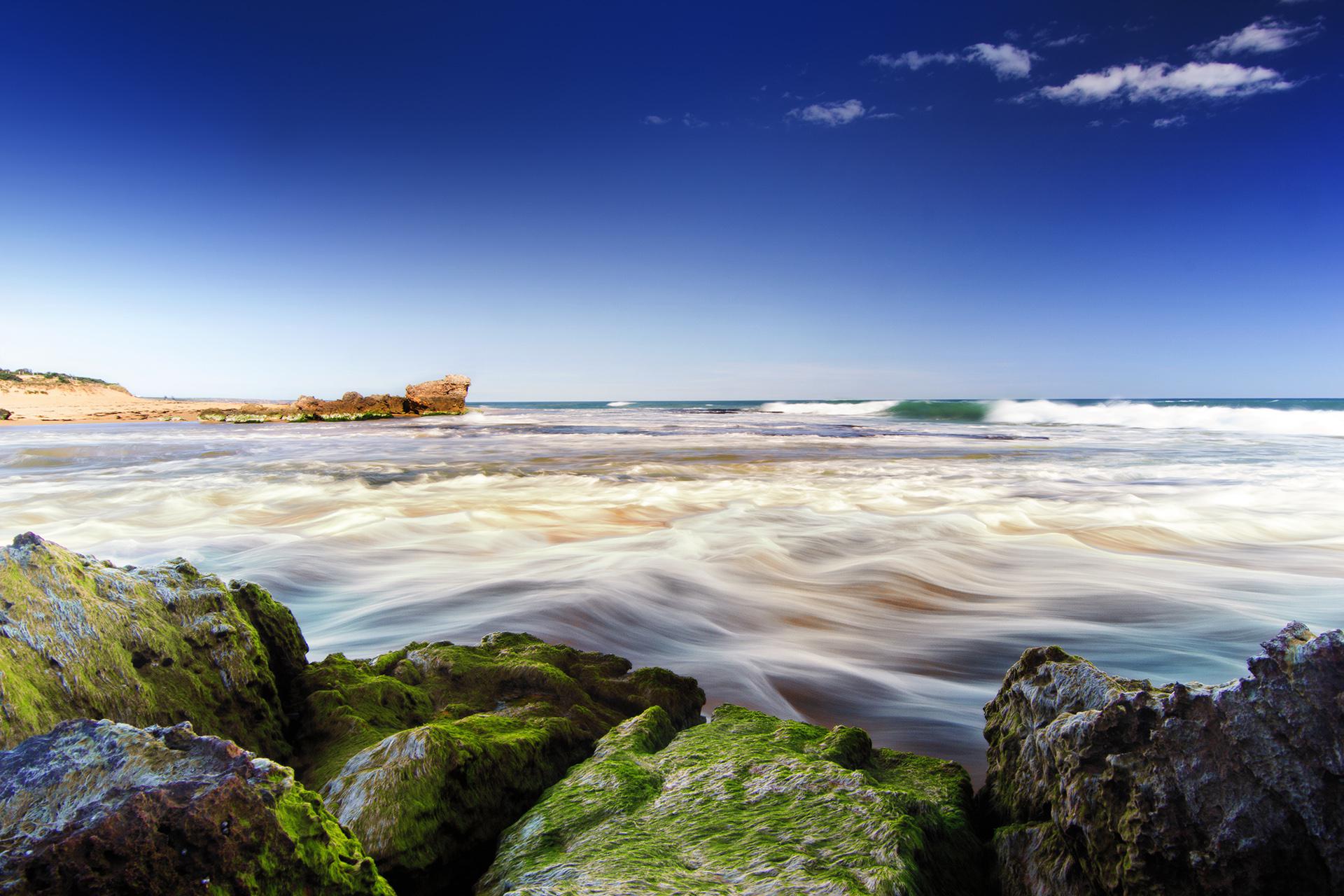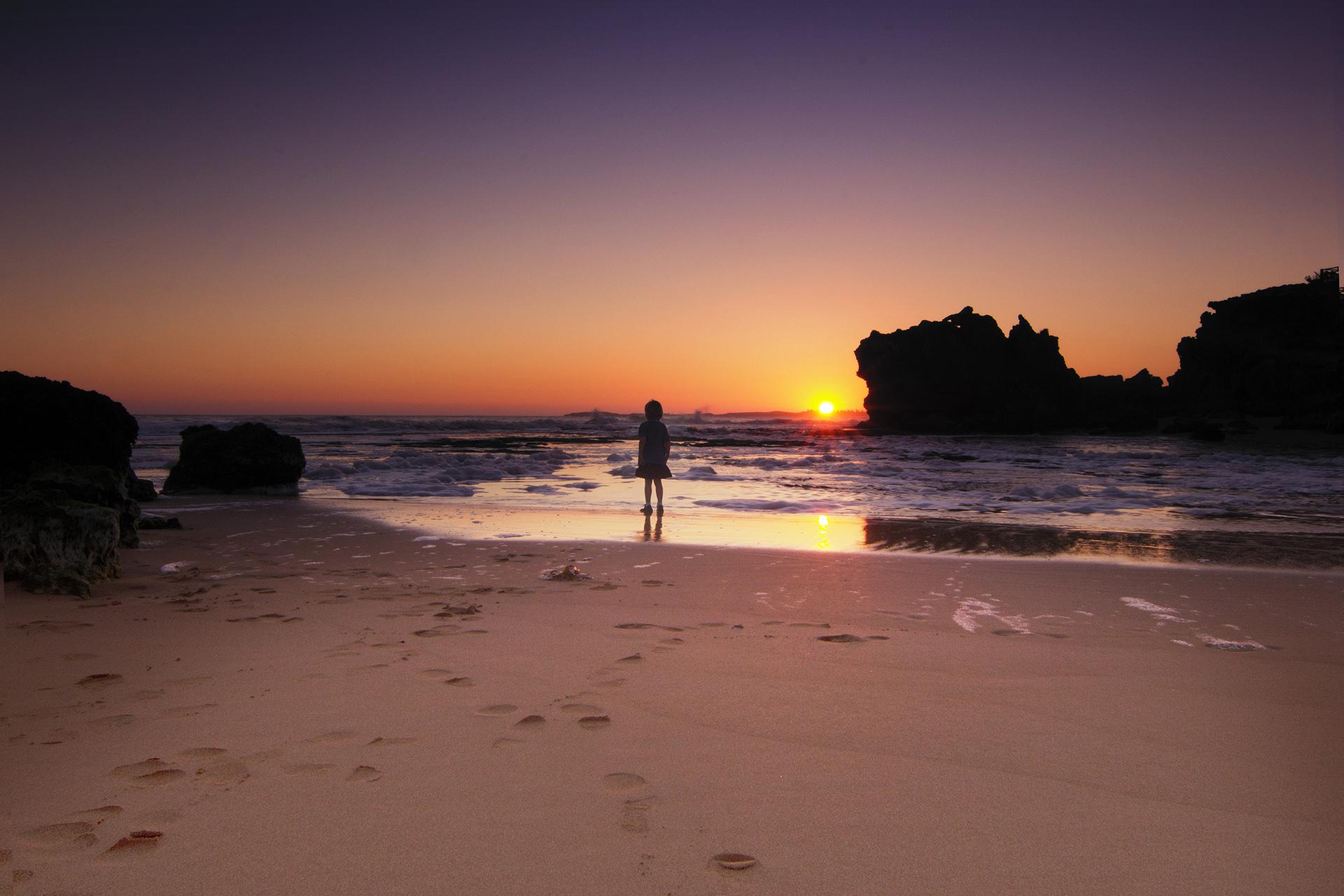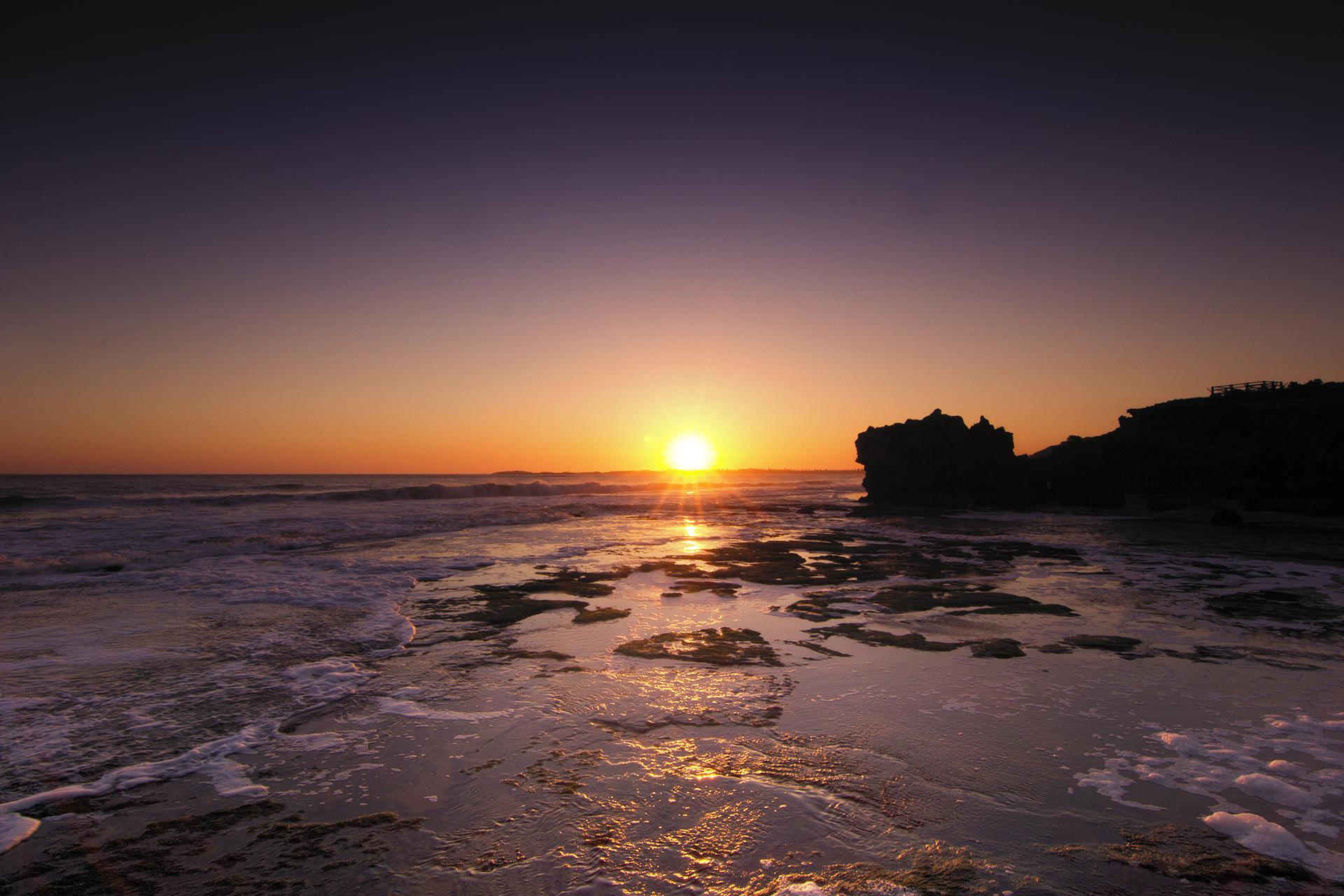For decades much of the focus of Australian archaeology has been directed at finding the oldest sites of Aboriginal occupation. The discovery of Aboriginal remains at Lake Mungo in the 1970s created considerable excitement because it pushed the date at which Australia was colonised by humans to beyond 40,000 years ago.
The archaeological evidence at Point Ritchie-Moyjil could push the dates at which humans arrived in Australia back considerably.
Scientists are now exploring the possibility that shell middens and evidence of human fireplaces at Point Ritchie could be older than 60,000 years and perhaps date to 80,000 years ago.
Pt Ritchie researcher and renowned geologist Professor Jim Bowler, who discovered “Mungo Man” in the 1970s, has been examining the geological layering that provides an indication as to when the shells were deposited.
“The shells are sitting below a very thick soil, a thick layer of calcrete. That calcrete in Australia takes at least 20,000 to 30,000 years to form. That’s sitting underneath the Tower Hill tuff at 35,000 years. So we’ve got Tower Hill at 35,000 plus a minimum (for the calcrete) of 25,000 to 30,000 which takes you back to 70,000 for the soil evidence, 80,000 from the shell evidence … so we have come up with an age of 70,000 to 80,000 for the shells with a preference for the 80,000.
Professor Bowler says the dates and evidence of human activity need to be validated through sustained research.
“They have to be validated now through sustained research but whichever way that comes out, in the final analysis this remains amongst Australia’s natural, cultural heritage as one of the most precious sites in the who country,” Prof Bowler said.
“It’s one in which the sequence of environmental change, climate change, seismic change, volcanoes, it all comes together at Point Ritchie. You’re sitting on this incredible dynamic of culture and natural history, so it’s that that makes it special both to the traditional owners whose heritage is being examined here, and to Australians generally.”


